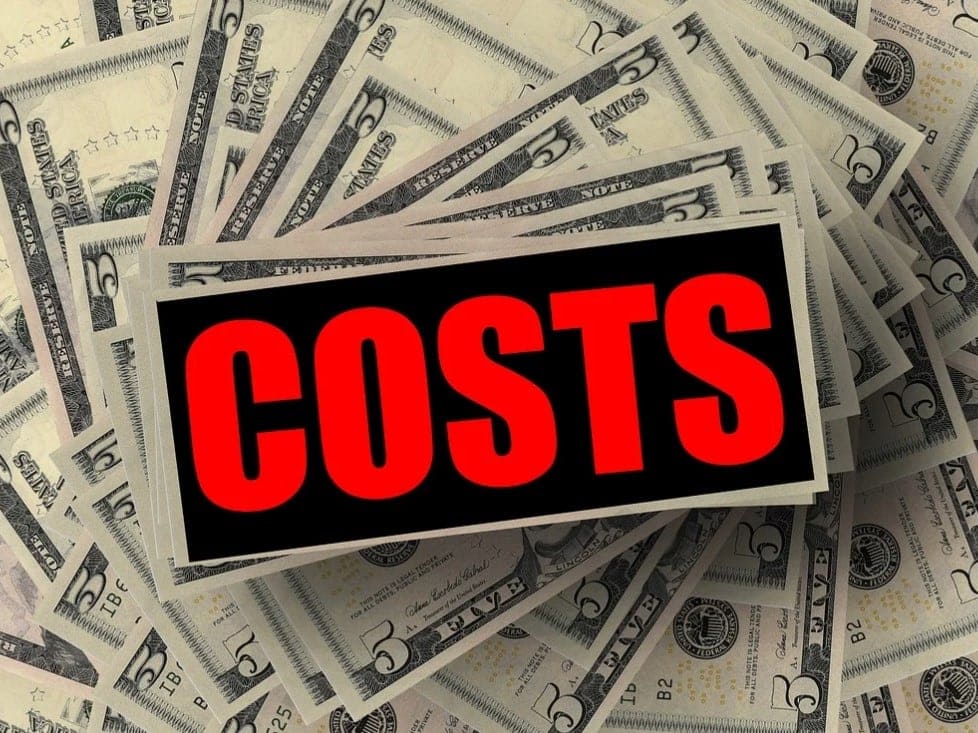In this article, you’ll learn how much money can you make if you sell online courses.
Additionally, you should consider how much you should charge for your course and other elements that may affect your earnings.
Do you want to know how much money you may earn by establishing your own online course?
What profit margins should you anticipate when selling online courses? It varies considerably. Your online course may earn you anywhere from $0 to $50,000 per month. Many course creators earn between $1,000 and $5,000 per month, while other examples exist of online course instructors earning between $10,000 and $50,000 per month.
The revenue potential of online courses is affected by a range of factors. The price of your course, the scope of your specialty, and the size of your current audience are all critical factors to consider.

How Much Money Can You Make If You Sell Online Courses?
Course Price
The expense of your online education will have a substantial impact on your annual earnings.
If your course costs $25, you’ll need to sell 2,000 copies to earn $50,000 in a year.
If you instead sell the course for $250, you would only need to sell 200 copies.
Which do you believe is more difficult to sell: 200 or 2000 copies of a course?
Naturally, selling a cheaper course is easier. Individuals are more like to purchase a $10 or $20 course on the spur of the moment. Surprisingly, until a course costs more than a few hundred dollars, the cost is rarely a factor.

Individuals will have to think twice before paying $500 or $1,000 for a course. On the other hand, the majority of people with full-time jobs would gladly spend $100 or $200 for a course if they were interested in the subject and understood the value they would gain.
As a result, rather than churning out a huge number of little, low-cost courses, I’d recommend focusing on creating a more comprehensive, high-quality, and higher-priced course to maximize your earnings.
Additionally, do not be afraid to charge a premium for the services you give.
What Should My Fee Be?
Your online course should be priced in accordance with the problem it addresses, the demographics of your target audience, and the extent to which your solution is comprehensive or in-depth.
Minor snags
If you’re simply teaching what to do generically, buyers will pay up to $50 for a course that resolves a little issue. You may charge up to $100 for a course that walks them through the process step by step.
For example, a course that teaches pupils how to read faster through the use of a number of speed-reading tactics. Five to 10 films, as well as a few PDF files with instructions
Issues of a moderate magnitude
Charge between $200 to $500 for training that addresses a moderate-sized issue.
For instance, a course on how to run effective Facebook advertisements. There are over 10 videos and step-by-step instructions.
Significant issues
There is no reason to charge more than $500 for a course that addresses a significant issue or delivers unique or valuable tuition, as long as you provide sufficient value for the money.
For example, consider a comprehensive affiliate marketing training package that includes over 25 videos, worksheets and exercises, as well as assistance.
I’d recommend staying below the $ 1,000-course threshold until you’ve gained expertise in designing and selling high-level courses. Above this price point, you must concentrate on your positioning, pitch, and marketing, in addition to providing exceptional value.
The Income of Your Audience

The disposable income of your audience will determine how many of them are interested in or able to take your course.
You could build a $100 course to assist homeless persons, but your target audience does not have that kind of money!
If you’re teaching children, you’re practically guaranteed to run across the same problem. Unless their parents agree to cover the cost, they will be unable to attend your course.
Of course, it does not have to be so extreme. A course on basketball fundamentals is likely to attract a lower-income audience than a course on sailing or snowmobiling.
That is simply because basketball has a lower barrier to admission than sailing. They do not need to purchase an expensive piece of machinery; all they need is a ball and a hoop.
Depending on the subject you’re covering, you should be able to intuitively predict the income level of your target audience, as this will affect how much you earn.
Quick Links:






